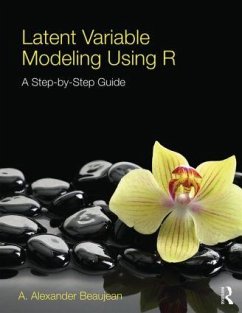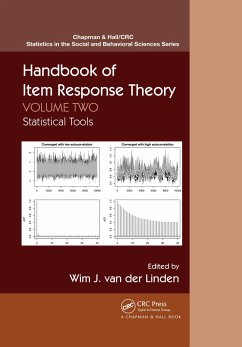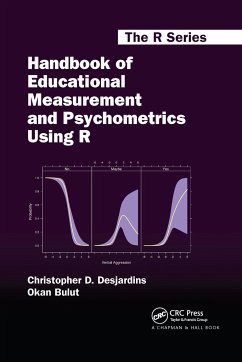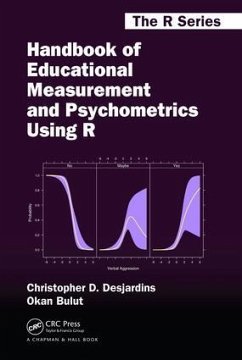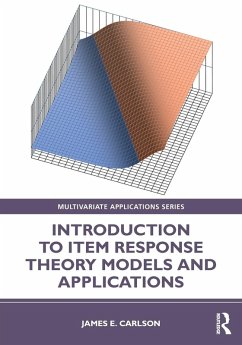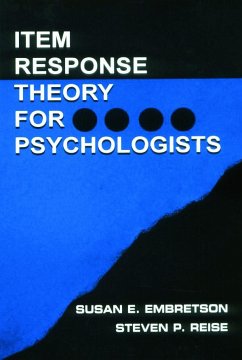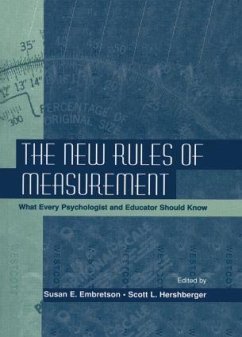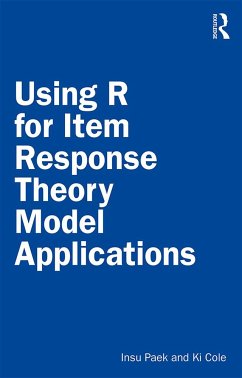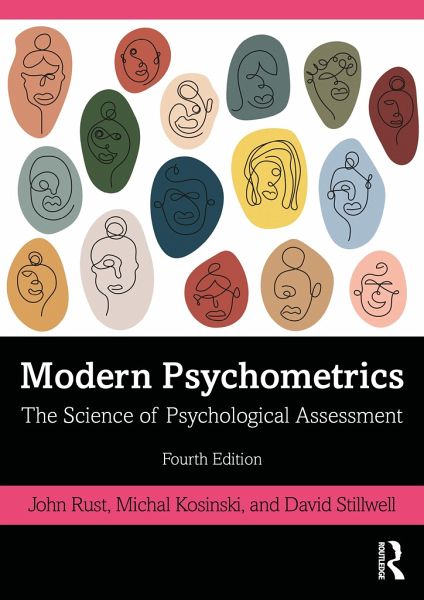
Modern Psychometrics
The Science of Psychological Assessment
Versandkostenfrei!
Versandfertig in 6-10 Tagen
50,99 €
inkl. MwSt.
Weitere Ausgaben:

PAYBACK Punkte
25 °P sammeln!
This popular text introduces the reader to all aspects of psychometric assessment, including its history, the construction and administration of traditional tests, and the latest techniques for psychometric assessment online.Rust, Kosinski, and Stillwell begin with a comprehensive introduction to the increased sophistication in psychometric methods and regulation that took place during the 20th century, including the many benefits to governments, businesses, and customers. In this new edition, the authors explore the increasing influence of the internet, wherein everything we do on the interne...
This popular text introduces the reader to all aspects of psychometric assessment, including its history, the construction and administration of traditional tests, and the latest techniques for psychometric assessment online.
Rust, Kosinski, and Stillwell begin with a comprehensive introduction to the increased sophistication in psychometric methods and regulation that took place during the 20th century, including the many benefits to governments, businesses, and customers. In this new edition, the authors explore the increasing influence of the internet, wherein everything we do on the internet is available for psychometric analysis, often by AI systems operating at scale and in real time. The intended and unintended consequences of this paradigm shift are examined in detail, and key controversies, such as privacy and the psychographic microtargeting of online messages, are addressed. Furthermore, this new edition includes brand-new chapters on item response theory, computer adaptive testing, and the psychometric analysis of the digital traces we all leave online.
Modern Psychometrics combines an up-to-date scientific approach with full consideration of the political and ethical issues involved in the implementation of psychometric testing in today's society. It will be invaluable to both undergraduate and postgraduate students, as well as practitioners who are seeking an introduction to modern psychometric methods.
Rust, Kosinski, and Stillwell begin with a comprehensive introduction to the increased sophistication in psychometric methods and regulation that took place during the 20th century, including the many benefits to governments, businesses, and customers. In this new edition, the authors explore the increasing influence of the internet, wherein everything we do on the internet is available for psychometric analysis, often by AI systems operating at scale and in real time. The intended and unintended consequences of this paradigm shift are examined in detail, and key controversies, such as privacy and the psychographic microtargeting of online messages, are addressed. Furthermore, this new edition includes brand-new chapters on item response theory, computer adaptive testing, and the psychometric analysis of the digital traces we all leave online.
Modern Psychometrics combines an up-to-date scientific approach with full consideration of the political and ethical issues involved in the implementation of psychometric testing in today's society. It will be invaluable to both undergraduate and postgraduate students, as well as practitioners who are seeking an introduction to modern psychometric methods.







